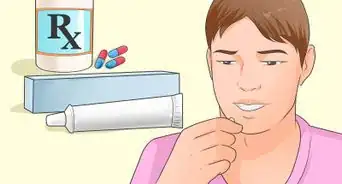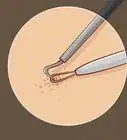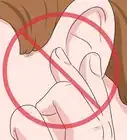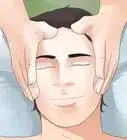This article was co-authored by Heather Richmond, MD. Dr. Heather Richmond, MD is a board certified Dermatologist at Dermatology and Laser Surgery Center in Houston, Texas. With over nine years of experience, Dr. Richmond specializes in comprehensive dermatology including medical, surgical, and cosmetic procedures. She graduated cum laude from Yale University with a BA in Molecular, Cellular, and Developmental Biology. She earned her MD from the University of California, Irvine School of Medicine, where she was inducted into the Alpha Omega Alpha Honor Medical Society. She completed her Internal Medicine internship at Cedars-Sinai Medical Center and her Dermatology residency at The University of Texas MD Anderson Cancer Center in Houston. Dr. Richmond is a fellow of the American Academy of Dermatology and is a member of the American Society for Dermatologic Surgery, American Society for Laser Medicine and Surgery, and the Texas and Houston Dermatological Societies.
There are 12 references cited in this article, which can be found at the bottom of the page.
This article has been viewed 60,246 times.
Are you noticing more blemishes showing up under your eyes? Does the skin on the sides of your nose feel oily no matter what you do? Clogged pores under the eyes can be frustrating to deal with, but rest assured that there plenty of solutions. In this article, we’ll show you how to unclog those pores using steam, exfoliation, or cleanser. We’ll even include some info on your long-term skin care so that you can keep this issue from repeating itself once your facial skin is clean and clear.
Steps
Exfoliating and Cleansing Your Face
-
1Exfoliate if you want to slough away dead skin cells under your eyes. You can purchase an exfoliating scrub at your local drug store or make your own natural scrub using salt, sugar, or coffee grounds. Scrubs work by using small granules to remove dead cells from your skin, and leave your skin feeling smooth and healthy.[1]
- Dab a bit of the scrub onto your fingertips and gently massage it into your face using small, circular motions. Pay special attention to the area under your eyes, but take care not to apply too much pressure—the skin there is very delicate and can easily be damaged.
- Rinse your face with warm water and pat it dry.
- If you don’t like the feeling of the granules, try carefully dry brushing under your eyes with a long-bristled brush.
-
2Use an alpha hydroxy wash if you want to dissolve the dead skin cells. Washing with a facial cleanser containing alpha hydroxy acid is a great option for those who find exfoliating too uncomfortable or irritating to the skin. The alpha hydroxy acid works to dissolve dead skin cells rather than sloughing them away like the scrubs.[2]
- Rub a squirt of the cleanser and warm water between your hands to create a lather. Gently massage the lather onto your face for about 1 minute. Try to spend some extra time on the area under your eyes, but be careful not to get the cleanser inside of them.
- Rinse your face with warm water and pat it dry with a clean towel.
Advertisement -
3Apply anti-acne moisturizer under your eyes after removing dead cells. The ingredients in an anti-acne moisturizer dry out excess oil, which helps to unclog the pores under your eyes. This may be especially effective in treating whiteheads and blackheads.[3]
- Dab a small amount of the moisturizer onto your fingertips and gently massage it into the skin under your eyes. Take care not to get the moisturizer inside of your eyes.
- Use this moisturizer sparingly and only apply it to the affected area to avoid over-drying.
- Avoid using moisturizers under your eye area that contain salicylic acid because this may irritate your eyes.
Steaming Your Pores
-
1Wash your face with a mild cleanser to remove makeup, dirt, and oil. Splash your face with warm water to help create a good lather. Add a dollop of facial cleanser to your fingertips and gently massage the cleanser onto your face using circular motions. Pay special attention to the area under your eyes and be sure to remove all traces of makeup and dirt.[4]
- If your facial cleanser doesn’t seem to remove all of your makeup, try using makeup remover wipes or a face wash specially formulated for removing makeup.
- It’s best to use your hands when washing your face because wash cloths and sponges can irritate the skin. The delicate skin around your eyelids is especially prone to irritation.
- After washing, thoroughly rinse your face with warm water and pat it dry with a clean towel.
-
2Fill a pot with water and heat it to steaming on the stove. After filling the pot with water, place the lid on top and set it on the stove. Heat the water over medium-high heat until it begins to simmer and produce steam. Then remove the pot from the heat.
-
3Pour the water into a heat-safe bowl and place it on a level surface. Use a large ceramic or glass bowl for the water. For extra pampering, add a handful of fresh or dried herbs, or 5 drops of essential oils like peppermint, green tea, or chamomile to the water. [5]
- If you have acne-prone skin, try adding a couple drops of tea tree oil.
- If your skin is dry, try adding rose, lavender, or borage.
- For oily skin, use rosemary, sage, or peppermint.[6]
- Make sure to clear the area of clutter. You will need to have enough space to lean yourself and a large towel over the bowl.
-
4Drape a towel over your head and lean over the bowl of steaming water. Cover your entire head, neck, and shoulders with the towel. The edges of the towel should be surrounding the bowl so that it creates a tent. Hold your face about 10–18 inches (25–46 cm) above the bowl. You should be able to feel the steam hitting your face, but it shouldn’t be too hot or uncomfortable.[7]
- Continue steaming your face for 5-10 minutes.
- Avoid over-steaming. Too much steam can cause excessive drying, which can stimulate more oil production and lead to more clogged pores.
- Many people think that the steam works to open up your pores. This is a myth. The steam works to loosen debris, making cleansing and exfoliating more effective.[8]
Preventing Clogged Pores
-
1Wash your face regularly with a mild facial cleanser. Washing your face at nighttime before you go to bed is the best time to wash your face to remove makeup, dirt, and oil that has built up throughout the day.[9]
- Massage a dollop of cleanser and warm water onto your face, paying special attention to under your eyes.
- Never use soaps or body wash on your face because it can irritate the skin.[10]
- Consider using makeup remover wipes before washing your face, or a wash specially made for removing makeup, if you regular facial cleanser still leaves behind traces of makeup.
-
2Exfoliate your face 3 times per week to keep your skin healthy. Regular exfoliation can help prevent acne, reduce wrinkles, and shrink your pores—leaving them less likely to clog.[11]
- Be careful when exfoliating under your eyes so that you don’t damage the delicate skin in that area.
-
3Change your pillowcase once per week. Your pores may be getting clogged due to the oil and dirt on your pillowcase. Changing your pillowcase once per week may help to reduce the amount of oil and dirt that gets onto your eyelids while you sleep.
- Make sure to use a hypoallergenic detergent to wash your pillowcase.
- You might also consider switching to a satin pillowcase since these do not hold onto as much dirt and oil as some other pillowcase fabrics do.[12]
-
4Avoid switching out your facial care products too often. Frequently changing your skin care products may also be a cause of clogged pores. Stick with the facial cleanser and moisturizer that work best for you and avoid trying new ones too often.
- If you think that your current skin care products might be to blame, then it is okay to try something new. Just make sure that you don’t switch back and forth.
- You may experience a temporary period of more breakouts when you switch to a new product, but this should not last more than 4 to 6 weeks. If it does, then the new product is likely making matters worse and you should try a different product.[13]
-
5See a dermatologist if you have white, raised bumps under your eyes. These bumps may be milia, which are caused by dead skin cells becoming trapped under the surface of the skin. The milia are often mistaken for clogged pores, but the skin actually needs to be lanced for treatment.[14]
- While there are home treatments for removing milia found on other areas of your face, it should never be done around your eyes.
- Rubbing your eyes less can often prevent milia from forming.[15]
- If extraction isn't effective, your doctor may also prescribe a retinol to prevent milia from forming.[16]
Expert Q&A
Did you know you can get expert answers for this article?
Unlock expert answers by supporting wikiHow
-
QuestionWhy do I have a clogged pore on my eyelid?
 Heather Richmond, MDDr. Heather Richmond, MD is a board certified Dermatologist at Dermatology and Laser Surgery Center in Houston, Texas. With over nine years of experience, Dr. Richmond specializes in comprehensive dermatology including medical, surgical, and cosmetic procedures. She graduated cum laude from Yale University with a BA in Molecular, Cellular, and Developmental Biology. She earned her MD from the University of California, Irvine School of Medicine, where she was inducted into the Alpha Omega Alpha Honor Medical Society. She completed her Internal Medicine internship at Cedars-Sinai Medical Center and her Dermatology residency at The University of Texas MD Anderson Cancer Center in Houston. Dr. Richmond is a fellow of the American Academy of Dermatology and is a member of the American Society for Dermatologic Surgery, American Society for Laser Medicine and Surgery, and the Texas and Houston Dermatological Societies.
Heather Richmond, MDDr. Heather Richmond, MD is a board certified Dermatologist at Dermatology and Laser Surgery Center in Houston, Texas. With over nine years of experience, Dr. Richmond specializes in comprehensive dermatology including medical, surgical, and cosmetic procedures. She graduated cum laude from Yale University with a BA in Molecular, Cellular, and Developmental Biology. She earned her MD from the University of California, Irvine School of Medicine, where she was inducted into the Alpha Omega Alpha Honor Medical Society. She completed her Internal Medicine internship at Cedars-Sinai Medical Center and her Dermatology residency at The University of Texas MD Anderson Cancer Center in Houston. Dr. Richmond is a fellow of the American Academy of Dermatology and is a member of the American Society for Dermatologic Surgery, American Society for Laser Medicine and Surgery, and the Texas and Houston Dermatological Societies.
Board Certified Dermatologist
Warnings
- Apply cleansers, scrubs, and other treatments carefully to avoid direct contact with your eyes. If contact occurs, immediately flush your eyes with clean water.⧼thumbs_response⧽
Things You’ll Need
- Mild facial cleanser
- Exfoliating facial scrub or long-thistled brush
- Alpha hydroxy wash
- Anti-acne facial moisturizer
References
- ↑ https://www.today.com/style/9-best-rated-face-scrubs-t74841
- ↑ https://www.healthline.com/health/aha-vs-bha#shared-benefits
- ↑ https://www.allure.com/story/what-does-salicylic-acid-do
- ↑ https://www.aad.org/public/skin-hair-nails/skin-care/face-washing-101
- ↑ https://keeperofthehome.org/how-to-do-a-facial-steam-with-essential-oils/
- ↑ https://www.mindbodygreen.com/0-24634/why-your-skin-might-need-an-herbal-facial-steam.html
- ↑ https://helloglow.co/facial-steam/
- ↑ https://absolutehealth.com/fact-or-fiction-does-steam-open-your-pores/
- ↑ https://www.aad.org/public/skin-hair-nails/skin-care/face-washing-101
- ↑ www.today.com/health/youre-doing-it-wrong-heres-right-way-wash-your-face-8C11462859
- ↑ https://www.today.com/style/9-best-rated-face-scrubs-t74841
- ↑ https://www.today.com/style/heres-what-causes-adult-acne-breakouts-how-fix-them-t26841
- ↑ https://www.allure.com/story/how-to-tell-the-difference-between-breakouts-and-skin-purging
- ↑ Heather Richmond, MD. Board Certified Dermatologist. Expert Interview. 15 September 2020.
- ↑ Heather Richmond, MD. Board Certified Dermatologist. Expert Interview. 15 September 2020.
- ↑ Heather Richmond, MD. Board Certified Dermatologist. Expert Interview. 15 September 2020.
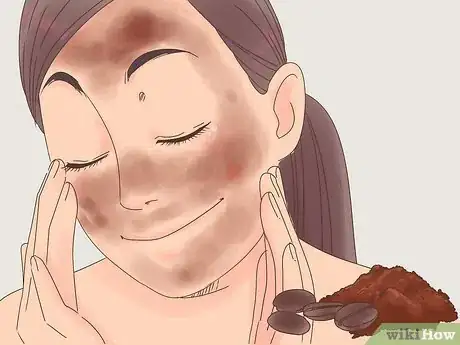
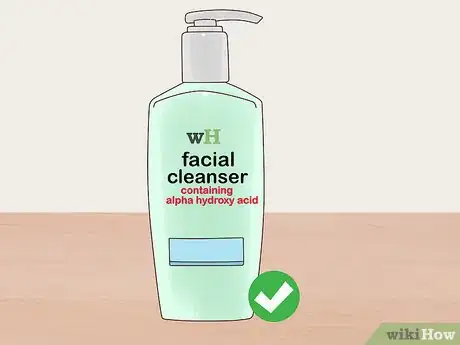
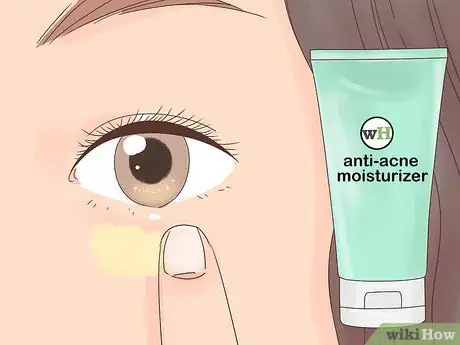
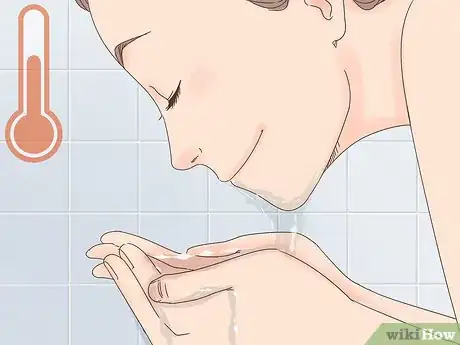
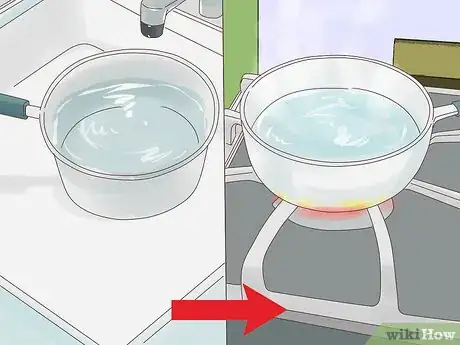
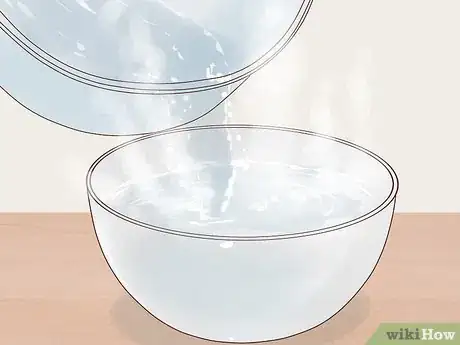

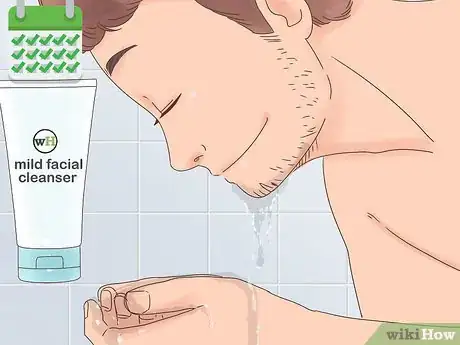
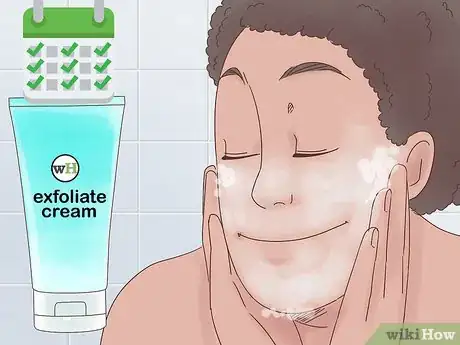
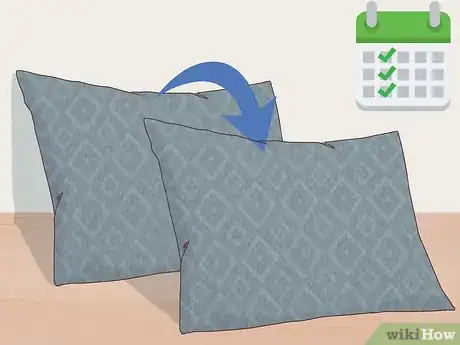
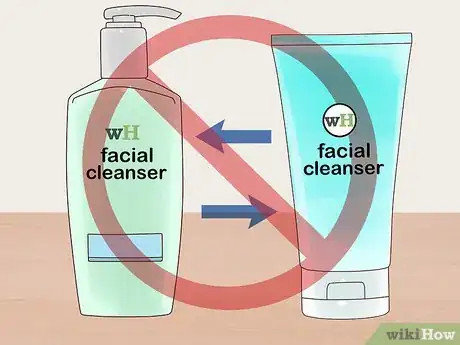
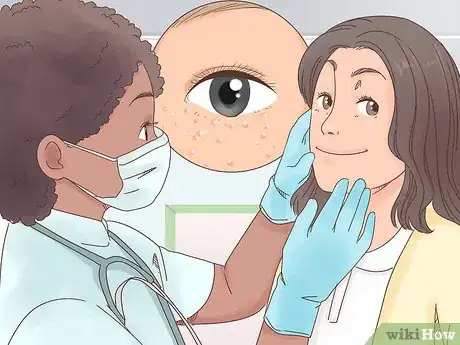

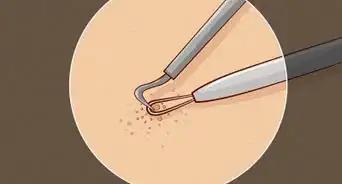
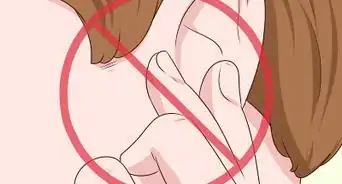

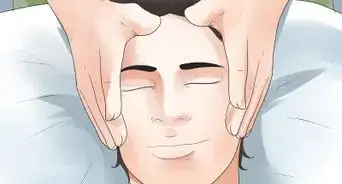
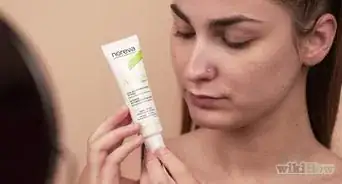



-Step-9.webp)

